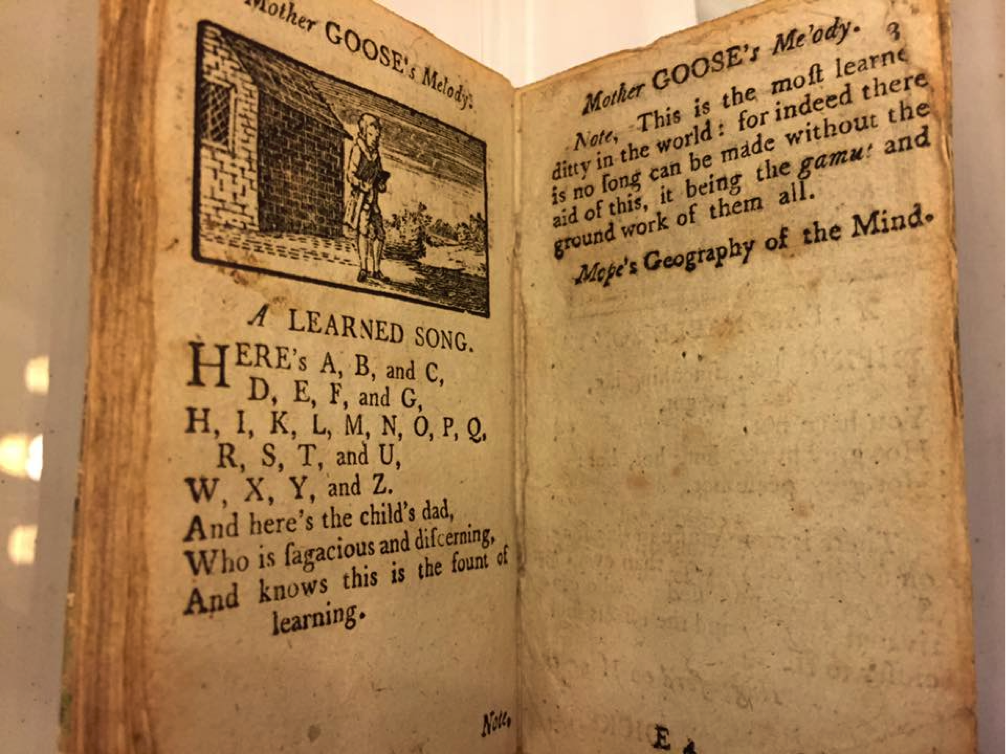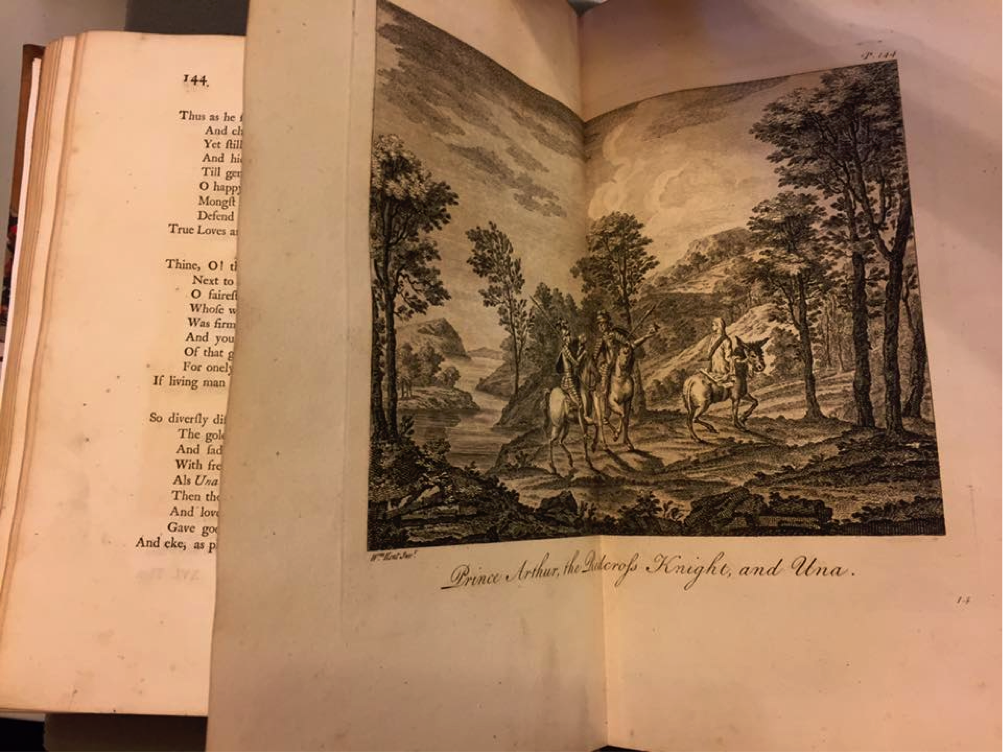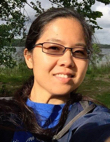Renaissance Perspectives
Initiation into Archival Research
by Jade Liu
Bloomington, June 2018
In graduate school, one of the biggest questions that I face is: how do I get started? As much as I enjoyed and excelled at my undergraduate studies, the fact remains that undergraduate education tends to be a composite of memorized facts, close readings, and directed research projects that offer little guidance when it comes to facing the vast sea of accessible materials in academia. Even during my previous graduate studies, my status as a terminal master’s student on a non-thesis track made it easy to capitalize on my strength in close readings instead of venturing into the unknown for my term papers and projects. This means that to me, from finding the right articles to figuring out lab techniques, the inner workings of academic research has always seemed to be shrouded in mystery and intrigue, and my experience with literary archives was no exception.
My first introduction to archives occurred during my sophomore year at UC Berkeley, when I enrolled in a research-based upper division French course on the literature and politics under the influence of Cardinal Mazarin. To get us acquainted with archives, our professor took us to what I only later realized was a rare books library with old books, manuscripts, and maybe even a printing press. But at the time, I did not recognize the value of these items. Back then, the materials we looked at interested me in the same way that a history museum would. I gazed upon them and appreciated them, but I did not interact with them. I did not know that we could interact with them. I did not realize that these were things that we could read, touch, examine, and write about. I did not know that researchers did interact with them.
Since that class, I have gradually been exposed to archival materials through online resources that gave me an idea of what they were and what they were used for. However, the true first step I took toward using them myself occurred just this past semester, when I took Penelope Anderson’s Renaissance Studies core class on “The Politics of Genre in Early Modern Europe.” In this course, we had multiple readings and assignments related to the use of archival materials and then went to the Lilly Library to experience them in person. One of our first assignments was a mock grant proposal, in which we were asked to locate an archive, identify funding sources, and write a proposal accordingly. Through this process, we learned not only to rummage through incomplete library catalogs and acquaint ourselves with various organizations that offer funding, but also to reexamine archival materials in their originality such that even those available via online sources are rendered indispensable in their paper formats.
It is this indispensability, perhaps, that makes exploring original sources such a crucial step toward academic scholarship. Notes, paper types, marginalia, and orthographic peculiarities, for example, are invisible in modern published editions. Online archives, despite preserving the text format, often fail to highlight essential yet often overlooked elements of book production itself, such as paper size and binding. During our class’s first visit to the Lilly, for example, I found a copy of Mother Goose that was so tiny as to fit into the palm of a hand. In the digital photo that I took of this book (Figure 1), however, the scale with respect to other books in the collection is far from evident. The copy that I examined also contained numerous images, some colored in well after the publication date, which presents novel areas of interest and possibly of inquiry that would have been inaccessible without the original printed text. Similarly, the inclusion of folded images within a single page (Figure 2) and the reuse of manuscript copies in cover binding were common practices that would easily escape notice without examining the version in which they were preserved. In brief, my experience at the Lilly made me realize to what extent literary studies go beyond the words. An examination of texts is, in some ways, at best incomplete without considering the conditions under which they were produced.

Figure 1. A palm-sized Mother Goose book with an alphabet song within. Mother Goose’s melody, or, Sonnets for the cradle: in two parts. London, printed and sold by John Marshall, No. 4, Aldermary Church-Yard, Bow Lane, and No. 17, Queen Street, Cheapside, [between 1782 and 1787].
In this class, Professor Anderson also brought in a variety of guest speakers from the departments of musicology, comparative literature, and French and Italian, among others. One guest who stood out in particular was a professor from my own department, Alison Calhoun, who openly shared the numerous obstacles that she has had to overcome during her work at the Nationalmuseum of Stockholm. One time, for example, she realized that the archive that she wanted to access was in a locked facility that may not be reopened for a number of years. Rather than leaving Sweden without consulting the materials, she asked to visit the museum’s remote facility instead, which had limited hours, was an hour’s bus ride away, and had, like many other archival sources, access that depended largely on the curator’s expertise. Professor Calhoun’s anecdote taught us that even experienced researchers face difficulties in their archival work, but that these difficulties can be overcome by diligence, flexibility, and most importantly, good working relationships with the archivist or curator.

Figure 2. Image embedded into a single page. Spenser, Edmund, The Faerie Queene, London, J. Brindley and S. Wright, 1751, Volume 1 of 3.
Eventually, the work that we did in the archives culminated in an individualized final project, which brought me back to my relative comfort zone of seventeenth-century French theater but which also enabled me to further explore the challenges of archival research. For me, this process was far from easy. Rare book libraries, despite their large repositories of resources, are places where we cannot work on our own schedules and in the privacy of our own space. Working in the archives therefore meant that I had to order materials ahead of time and that I was required to stay within the reading room during the entire time that I use them. Despite these restrictions, however, the time I did spend at the Lilly and the interactions I was able to have with individuals who work with archival materials (e.g. librarian Rebecca Baumann, our professor Penelope Anderson, our numerous guest speakers) opened up doors that I did not realize existed, encouraged me to use resources I might have ignored, and represented a huge milestone in my initiation into academic research.
Even after this class, research is still no easy task, and perhaps it is never meant to be. But experiencing the steps of archival research and listening to our professor, classmates and guest speakers discuss their own experiences – from accessing seemingly inaccessible materials to transcribing and citing compiled sources with miswritten page numbers – at the very least gave me the resources to explore beyond my comfort zone. And looking back at how far I’ve come since my undergraduate days, I would say that regardless of how elusive the task of academic research may appear to be, every step taken along the way makes a difference.

 Having earned her M.A. in French and M.S. in Food Science at the University of California, Davis, Jade Liu is the 2017-2018 Renaissance Studies Graduate Fellow as she continues her graduate studies at IU's French/Francophone Studies program. Her academic interests include the literature, theater, and politics of early modern France.
Having earned her M.A. in French and M.S. in Food Science at the University of California, Davis, Jade Liu is the 2017-2018 Renaissance Studies Graduate Fellow as she continues her graduate studies at IU's French/Francophone Studies program. Her academic interests include the literature, theater, and politics of early modern France.